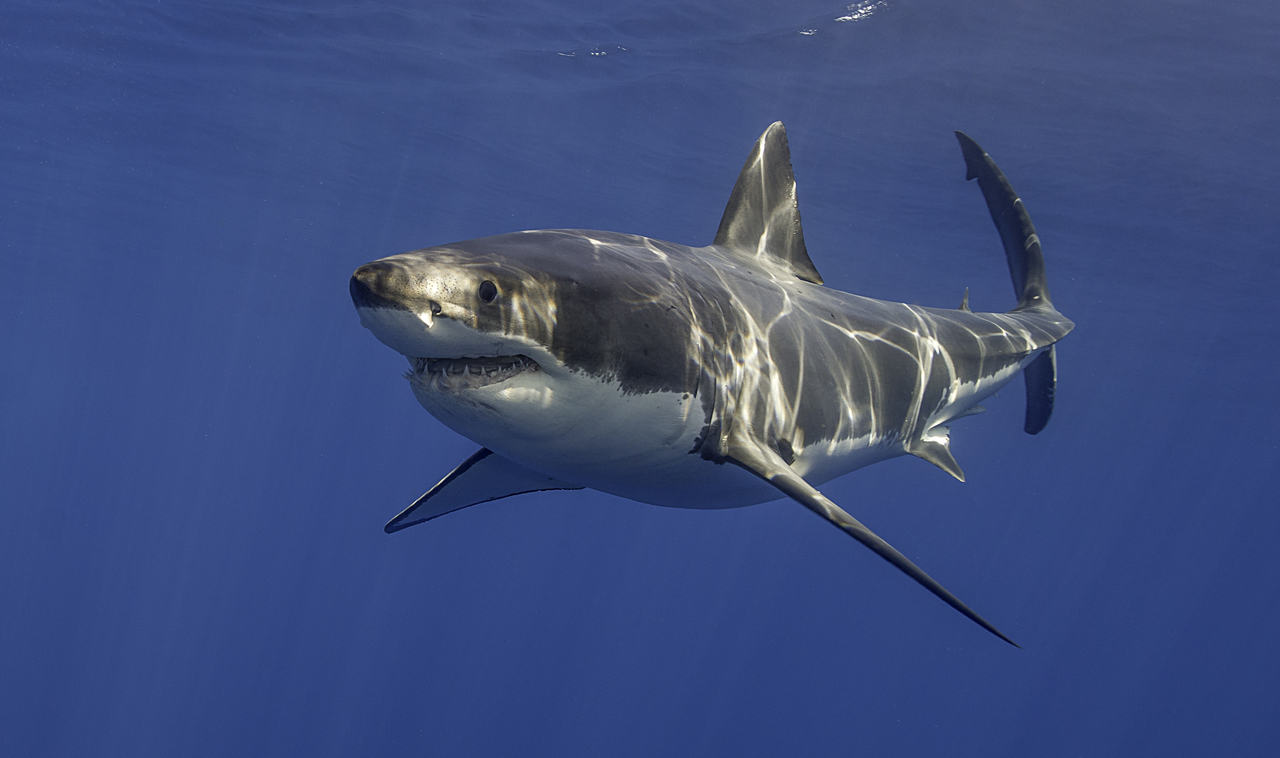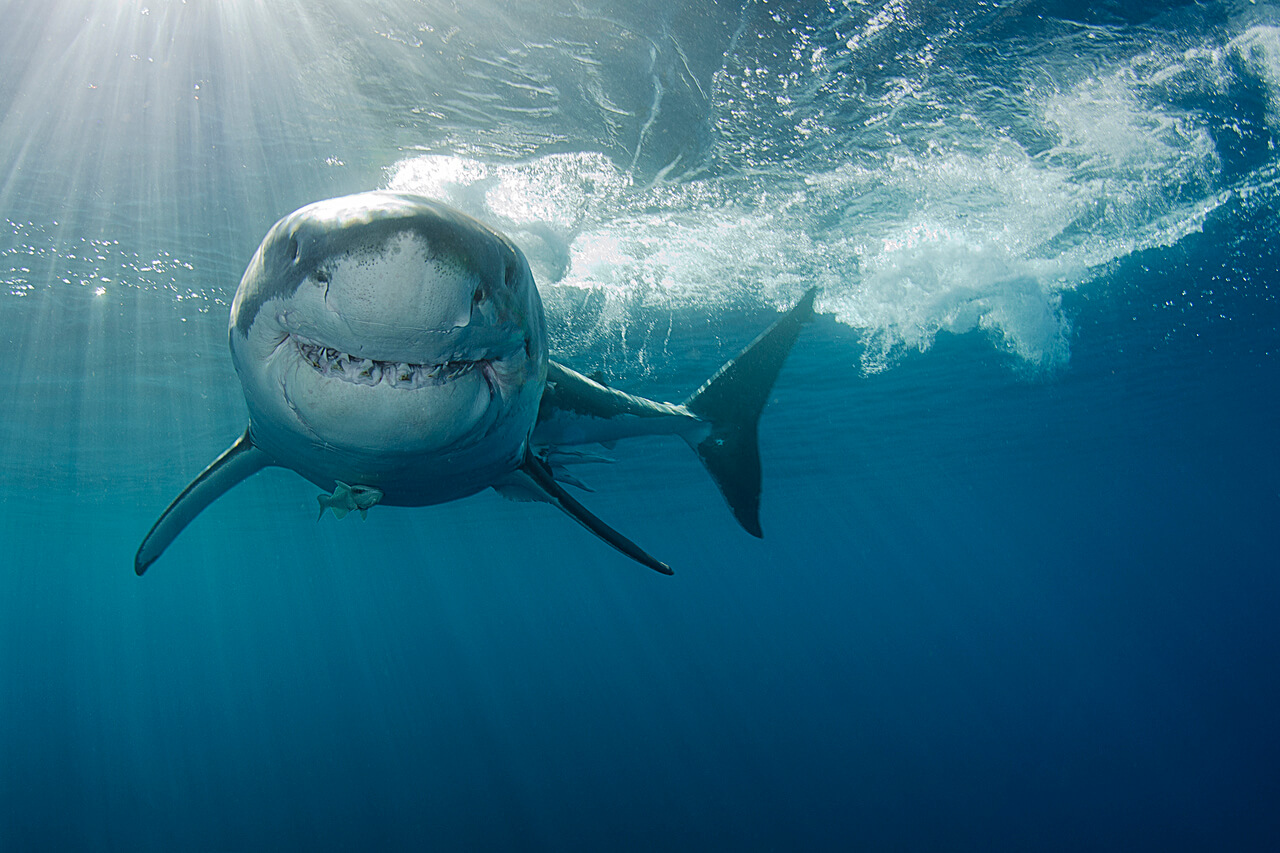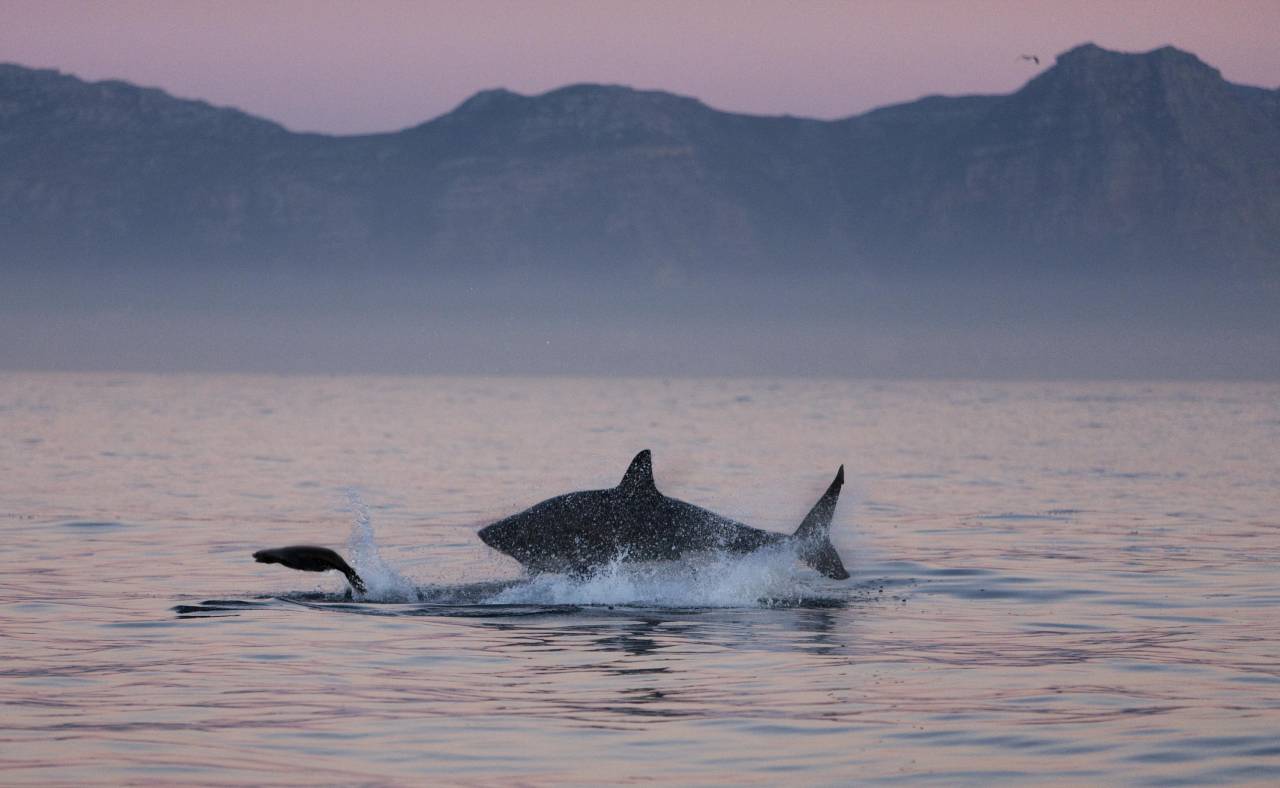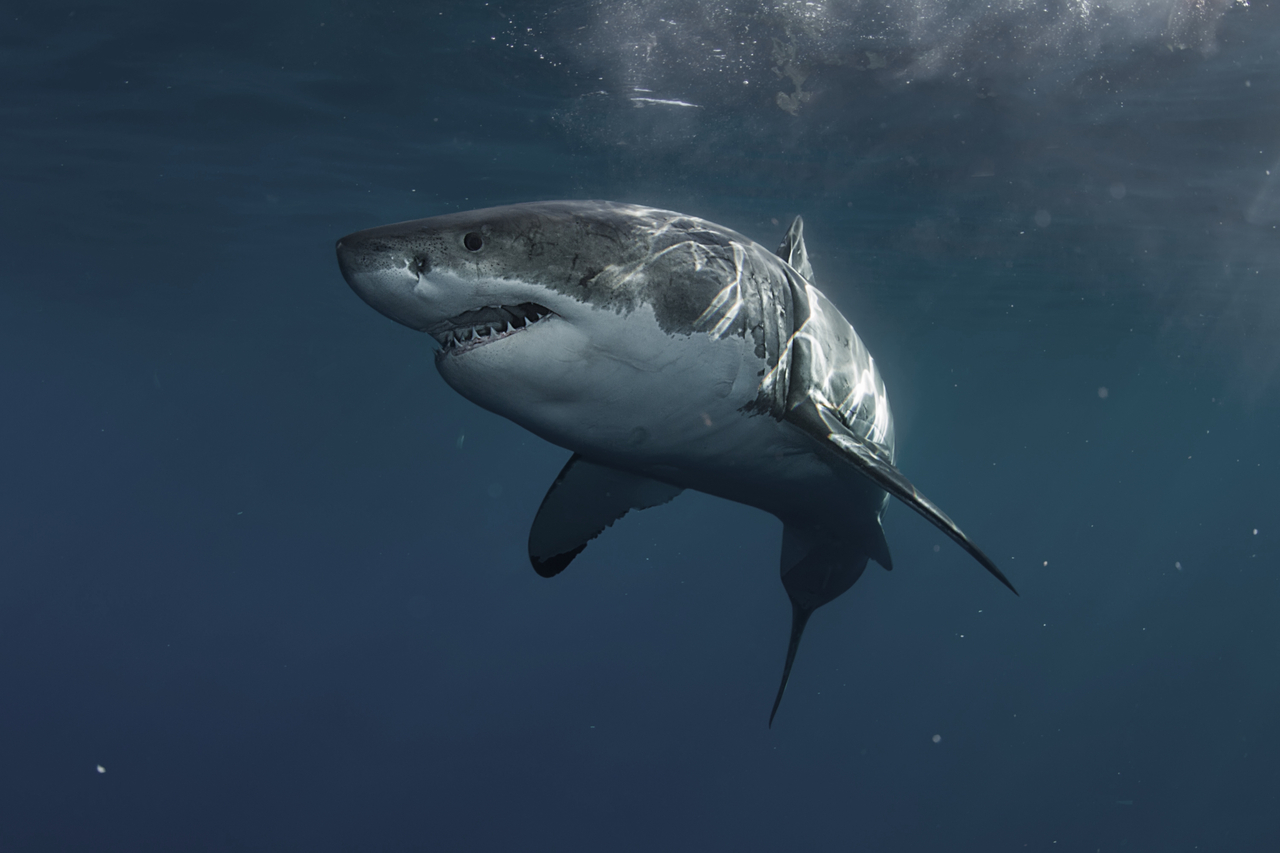Meet the great white shark, the ocean's most misunderstood predator
Listed among the top fears in the world are sharks, mainly the great white (Carcharodon carcharias). Over 51% of Americans say they are terrified of the species, with 38% too afraid to go into the ocean because of them.
While films like Jaws, Open Water, and even Sharknado perpetuate the belief that they are nothing but ferocious carnivores, great white sharks are fascinating and vital to the entire planet's health. As a keystone species, great white sharks impact their habitat immensely, maintaining marine life populations, which keep the oceans balanced.
Over 400 million years old
A species of large mackerel shark, great white sharks are found in the coastal surface waters of all the major oceans except in the colder regions of the Arctic and Antarctic. Known most for their size, females are larger than males, growing up to 6.1 meters (20 ft) in length and weighing between 1,905 to 2,268 kilograms (4,200–5,000 lb).
An ancient species, the great white shark’s ancestry dates back more than 400 million years, making them one of evolution's greatest success stories. Perfectly adapted to their ocean environment, great whites have survived so long with highly cultivated senses of hearing, touch, smell, and even electromagnetism.

Underwater view of a great white shark swimming near the surface in blue water at Guadalupe Island, Mexico.
Pristine senses for the sea
Great white sharks can pick up low-frequency signals over 240 meters (800 ft) away. They can also sense both the direction and amount of movement coming from the sound.
Their nostrils are on the underside of their snout, leading to the olfactory bulb, which is reported to be the largest of any shark species. With this organ, great white sharks can detect substances in about one part per ten billion parts of water.
Additionally, they have special receptors around their noses that help them sense the electrical nerve impulses of prey. A study by Current Biology reports that sharks also use these electroreceptors to detect the Earth’s magnetic field for navigation during their long-distance migrations.

Balancing life below the surface
With such an intense system of senses, it is no surprise that the great white shark is at the top of the food chain. As apex predators, they eat tuna, rays, seals, sea lions, sea otters, turtles, dolphins, whales, the occasional seabird, and even other sharks.
Because many of these species are beloved by humans, great white sharks seemingly become the “bad guy.” However, without keeping these populations in balance, they would overrun the ocean, overeat their smaller prey or marine vegetation, and ruin the harmony of the entire marine ecosystem.
Furthermore, when it comes to humans, they are not on the great white’s menu. Contrary to popular belief, great white sharks do not mistake swimmers and surfers for seals. Attacks typically occur in waters that impair the shark's senses. Research shows that great whites decide whether to keep eating in one bite, and humans are too bony for their liking.

Great white shark hunting a South African fur Seal.
A long adolescence
Little is known about the great white shark's mating habits, but it takes male great white sharks 26 years to reach sexual maturity and 33 years for females to be ready to birth offspring. Ovoviviparous, eggs develop and hatch in the uterus and continue to develop until birth, which takes 11 months.
The shark pup's powerful jaws develop within the first month of life. Young and juvenile great white sharks are also crucial to the ecosystem, as they prey on smaller species, keeping those populations in balance.

Preserving our oceans
Great white sharks are listed on the International Union for Conservation of Nature (IUCN) Red List as Vulnerable. Overfishing and the drastic change in ocean health due to the climate crisis are the main contributors to their decline.
The unwarranted negative reputation in media undermines the importance of shark conservation. Without their protection, the very balance of life in our oceans woul be in peril.
Learn more about the importance of sharks in our ecosystem


